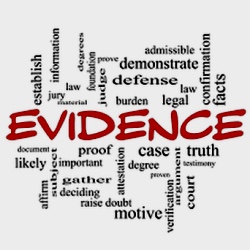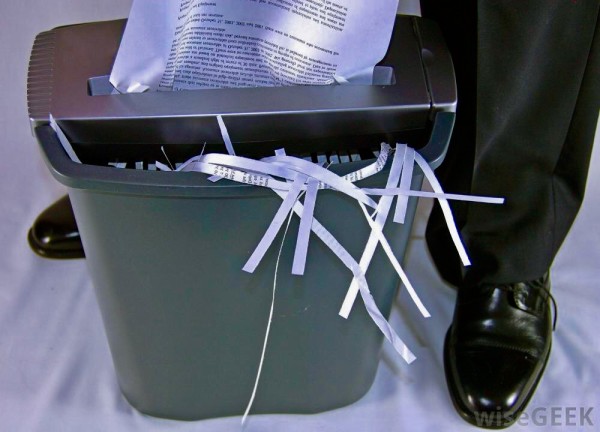A secretly recorded telephone conversation was admitted into evidence in Surrett v Butkiewicz 2018 BCSC 1380 .
The actual parties were deceased, and the litigation as to whether their relationship was marriage like or not, was conducted by personal representatives of each deceased party.
The parties lived in the same residence, but were never married. The claimant alleged a marriage like relationship of approximately 28 years.The respondent agreed that they lived in the same house, but they were mere tenants or roommates and not in a spousal relationship.
The respondent sought to admit a recorded telephone conversation between the opposing parties, despite the fact his lawyer conceded that in all likelihood the conversation was surreptitiously and illegally intercepted by the respondent: see Criminal Code s. 184.
A transcript of the conversation was submitted in evidence, along with the recording itself.
The recorded conversation is just a few minutes long, and at the end of it the claimant tells the man to whom she is speaking that “she lives in a house with the great big yard, lots of trees, pears and apples and grapes and plums, but that it’s not mine, dear. I just pay rent here. None of its mine”
The claimant continues to confirm in the conversation that she is “just a border, that it used to be more, we used to go together, but this had changed about four years before, and now it was like being a roommate and it’s better”.
The court found that the conversation probably took place in approximately 2003.
The court admitted the conversation into evidence as the contents of it were directly relevant to the central issue of the case, being the nature of the claimant’s relationship with the respondent.
The court found that the recording was trustworthy in the sense that it did not appear to have been manipulated, doctored or edited. The claimant volunteered the comments about paying rent and being a roommate and a self-evidently natural, good-natured way, in declarations that the court found were spontaneous, unmanaged utterances of their relationship.
The court did follow precedent that surreptitious recordings of household conversations is an odious practice that should be discouraged, it is not the case, however, that such conversations are automatically excluded.
If the content of the recording is relevant to an issue in the proceeding, the identity of the speaker is known, but recording is trustworthy, and it’s probative value outweighs its prejudicial effect, the evidence should be received.- Matthews v . Matthews 2007 BCSC 1825 at paragraph 43.
The court went on to state that it would not exclude the evidence on the basis that its inclusion would bring the administration of justice into disrepute, especially given the nature of the case where the parties are deceased, and where the court’s task will be to search high and low for any credible evidence that may be weighed in the balance to determine the central issue in question.






